सोर क्रीम सॉसेज़: बाल्टिक स्वाद का आवश्यक तत्व
37 मिनट पढ़ें बाल्टिक खाने की मलाईदार रीढ़ की खोह: मछली, आलू और मशरूम के लिए जड़ी-बूटी से भरे सोर-क्रीम सॉसेज़, क्षेत्रीय मोड़, पेंट्री टिप्स, और एस्टोनिया, लातविया और लिथुआनिया के प्रामाणिक संयोजन। अक्टूबर 04, 2025 12:07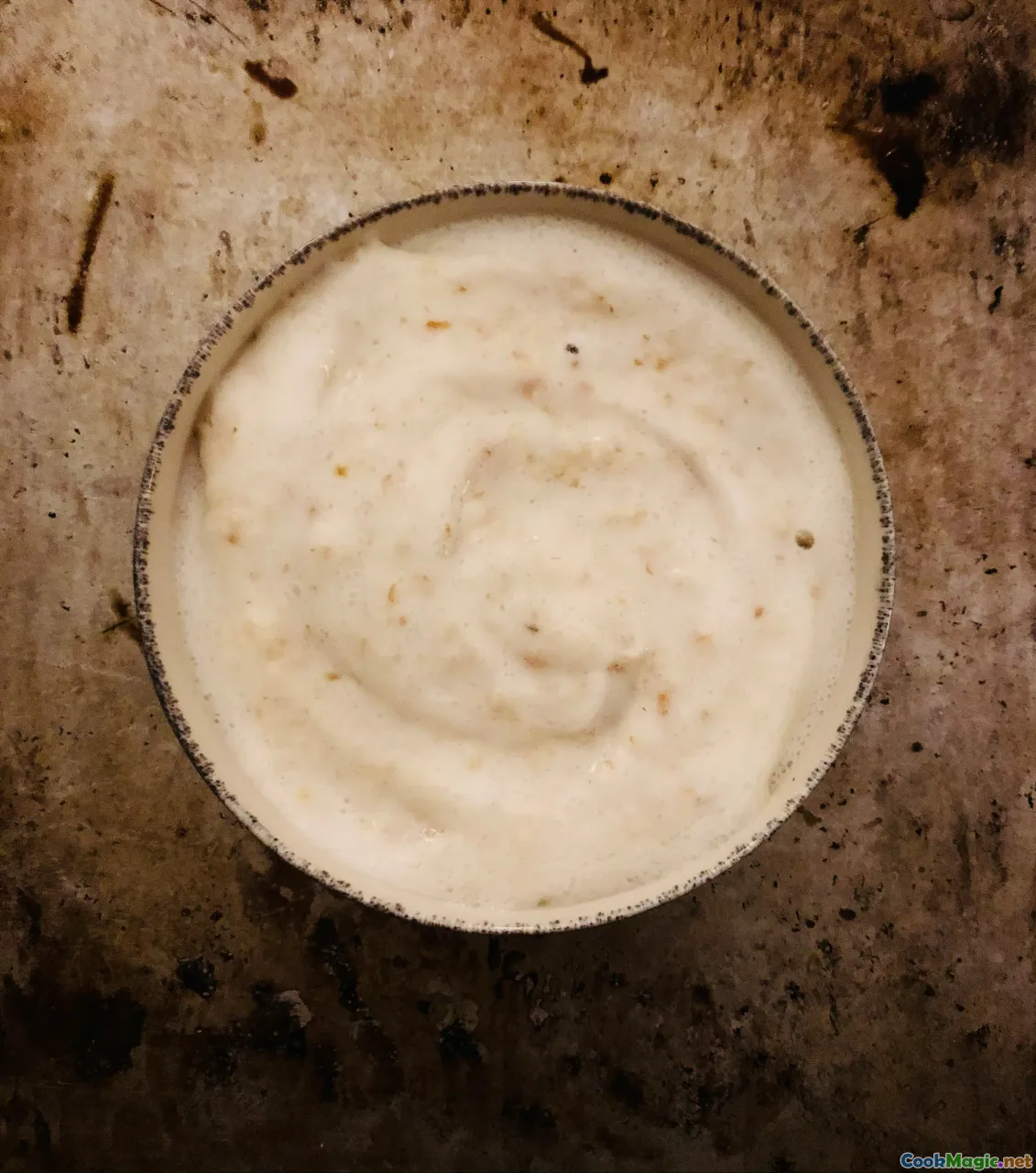
पहली बार मैंने समझा कि एक चम्मच समुद्री तट ला सकता है, मैं रिगा के केंद्रीय बाज़ार की नम गीली गर्माहट में खड़ा था। मछली हॉल नमकीन पानी और ठंडी लोहे की खुशबू दे रहा था; कुचली हुई बर्फ के ढेर पर चमकती हुई सार्डिन की पंक्तियाँ अचार की जार, dill की पत्तियाँ, और इतनी गाढ़ी क्रीम साथ थी कि हिलते समय भी थोड़ा शर्माती-सी लग रही थी। एक बुने हुए टोपी पहने महिला ने मुझे एक पेपर प्लेट दी जिसमें एक हेरिंग फ़िलेट, कुछ पारदर्शी से सेब के स्लाइस, और बर्फ-सी ढीली सोर-क्रीम का एक घेरा था। पहला घूँट खार-मीठा था, फिर—जैसे किसी अच्छे गीत के बाद की चुप्पी—ठंडी सोर-क्रीम ने सब कुछ संतुलित कर दिया। धुआँ उठती धुँधली धुँई जैसी यह चख में उभर आया। यह बाल्टिक जैसा स्वाद था।
सोर-क्रीम सॉस बाल्टिक देशों के लिए एक सहायक नहीं, एक मुख्य भाषा हैं; खटास और वसा का व्याकरण, जो लेटविया, लिथुआनिया और एस्टोनिया की रसोई पर बिछा है। यहाँ खाना बनाना दुध के टेक्सचर को दिल से जानना है। यह लकड़ी के चम्मच से सॉस हिलाने के तरीके में महसूस होता है—स्थिर, धैर्यवान—जब क्रीम ग्लॉस में कसने लगती है, तो ध्वनि में बदलाव सुना जा सकता है। आप इसे बाज़ारों में उन शब्दों में भी देख सकते हैं—grietinė, krējums, hapukoor—जिन्हें क Slate पर Chalk से लिखा गया है, हर एक की अपनी खटास की छाया होती है।
The Baltic Palate Finds Its Voice in Sour Cream

अगर आप बाल्टिक फ्लेवर को एक कम्पास पर नक़्शा बनाएं, तो sour उत्तर होगा, fat दक्षिण, dill पूर्व, और smoke पश्चिम। सोर-क्रीम सॉसेस केंद्र में खड़े होकर उन बिंदुओं को एक साथ जोड़ते हैं। वे छोटी मछली और स्मोक्ड मीट के नमक को उन्नत करते हैं, गहरे भूरे राई के किनारों को नरम करते हैं, और उबले हुए आलू को कुछ सपना दिखाते हैं।
ऐतिहासिक रूप से जलवायु ने इस पाक-स्क्रिप्ट को लिखा। लम्बे सर्दियाँ, छोटे गर्मियाँ, और संरक्षित करने की परंपरा—नमक, धूम्रपान, अग्रिम Fermenting—एक ऐसी रसोई बनाते हैं जिसे संतुलन चाहिए था। यहाँ cultured cream प्रवेश करता है: वह लैक्टिक खट्टास जो संरक्षित स्वादों को जगा देती है, वह वसा जो कठोरताओं को शांत करती है। देर-गर्मी में चैंटरेल्स पर एक चम्मच, सर्दियों के कटलेट के साथ एक डोलप, जुलाई में ठंडी beet soup पर एक पर्दा—बाल्टिक रसोईगर सोर-क्रीम सॉस को एक छोटी ऑर्केस्ट्रा की तरह उपयोग करते हैं, अम्ल को नमक के विरुद्ध, समृद्धि को सादगी के विरुद्ध सेट करते हैं।
रेडिन्ग में एक लात्वियन country kitchen में सर्दियों में आप stove के पास एक chipped enamel bowl में सोर-क्रीम देख सकते हैं, बर्तन की तरह—एक kettle जितना सामान्य। लिथुआनिया में grietinė मशरूम सॉस में व्हिस्क की जाती है जो आलू की दमड़ियों (dumplings) पर गर्म ऊन-सी मुठ्ठी देती है। एस्टोनिया में hapukoor, dill से हल्का टकटकी, गर्म स्मोक्ड मछली पर डाला जाता है। Muhu द्वीप की एक Estonian farmhouse में मैंने जब सॉस चखा, तो मेज़बान ने अपनी index finger से स्वाद चखा और फिर सिर हिलाया जैसे मिश्रण ने उसे कोई अंधाधुंध राज़ बताया हो। “अब यह आलू के लिए तैयार है,” उसने कहा। और हुआ।
A Memory in Riga, A Lesson in Flavor
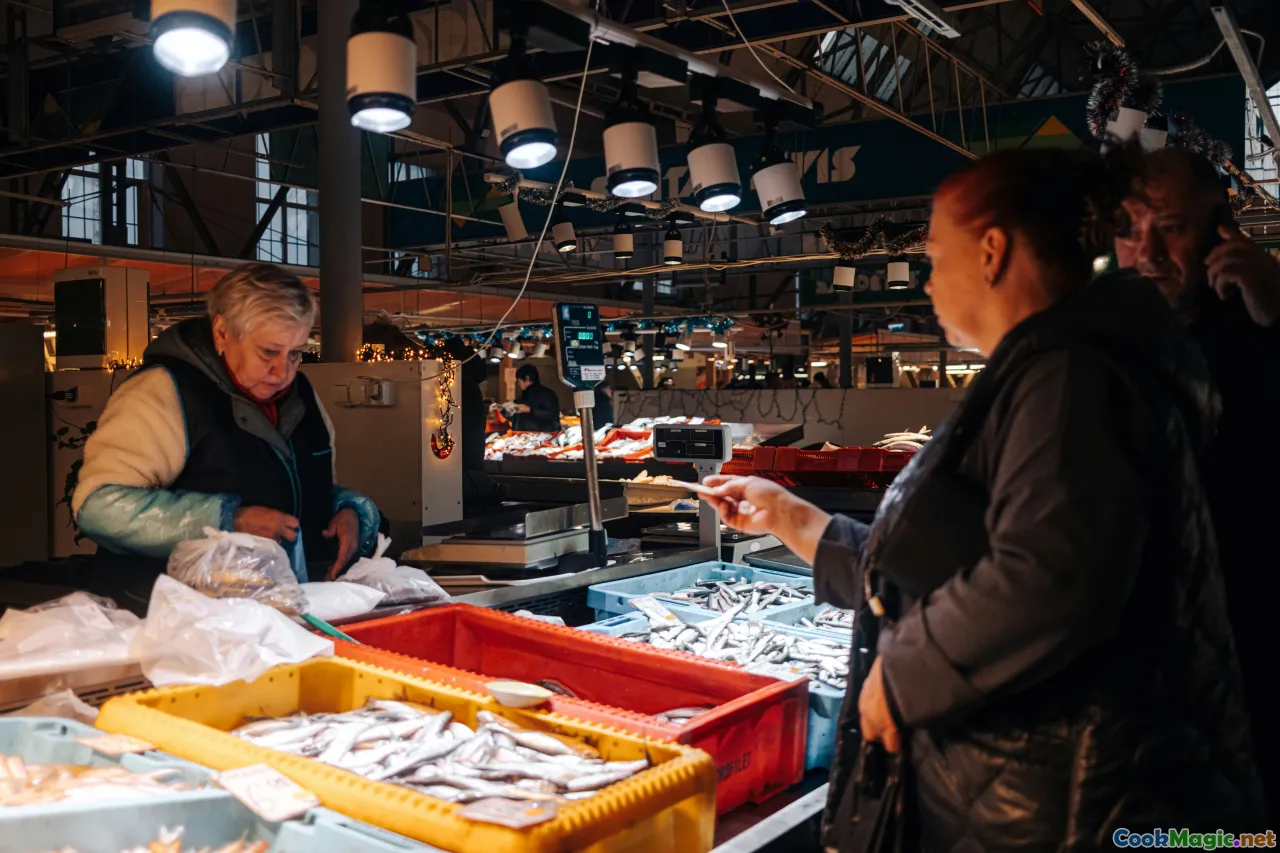
रिगा में जिसने मुझे वह सार्डिन खिलाई, उसने पानी के गिलास में एक छोटा चाकू रखा हुआ था। वह सेब को इतनी पतली चंद्रमाओं में काटती थी कि वे फ्लोरेसेंट रोशनी में चमक उठतीं, और उसे चीनी की चुटकी और सिरके की कुछ छींटे से मिला देती। फिर वह मुझे पास बुलाकर एक सिरेमिक पॉट की ओर इशारा करती।
“Krējums,” उसने कहा। “No cheating.”
“no cheating” से उसका मतलब था—स्टार्च थिकनर, कोई Mayo के रूप में परंपरा का ढोंग नहीं, कोई ऐसी चुटकी नहीं जो एक सॉस को एक समान बना दें। वह सोर-क्रीम लगभग 30% वसा वाला था—लक्ज़रियस पर चिढ़ाने वाला नहीं—और एक साफ लैक्टिक कड़वाहट। उसने बारीक कटा डिल मिलाया और प्याज़ की एक फुसफुसाती खुशबू जोड़ी “क्योंकि मछली प्याज से बात करना चाहती है,” उसने कहा। सॉस चिपकती थी पर दबाती नहीं थी। वह जनवरी की सुबह जैसी सफेद थी और संयम का स्वाद दे रही थी।
मैंने तब एक पाठ सीखा जो बाल्टिक रसोईघरों में मैं लेकर चलता आया हूँ: एक अच्छा सोर-क्रीम सॉस एक रेसपी से अधिक एक मूड है। कभी वह मूड brisk होता है—होरसेराडिश नाक के रास्ते से चढ़ता, एक मीठी गर्मी जो फेफड़ों तक पहुँचती है। कभी यह नरम होता है, आपके कंधे पर एक हाथ—चैंटरेल्स, मक्खन, एक चुटकी जायफल क्रीम में warmth देता है। आप इसे smaa than—यह सॉस impress करने के लिए नहीं, बल्कि प्लेट की ज़रूरतों को स्पष्ट करने के लिए adjust करते हैं।
What We Mean When We Say Sour Cream in the Baltics
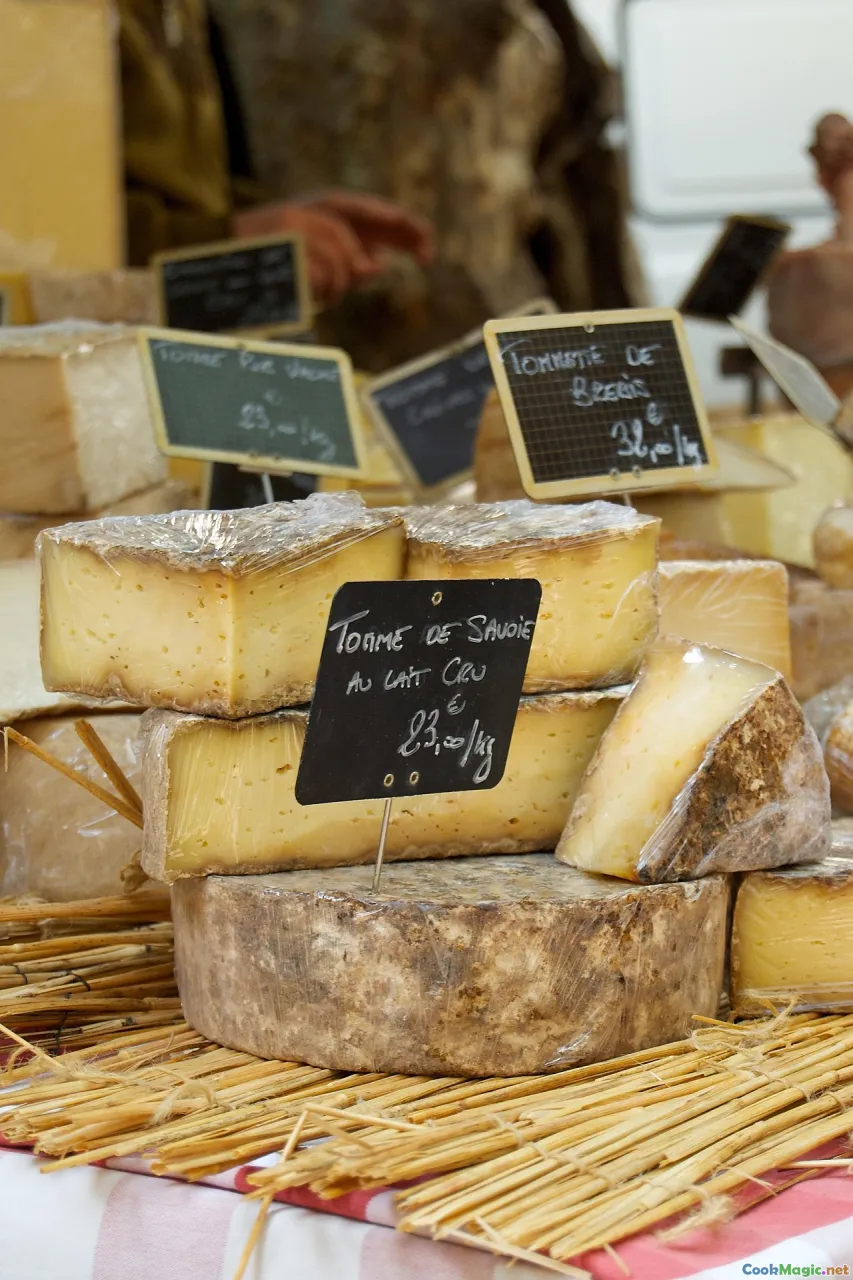
लिथुआनिया में सोर-क्रीम माँगेंगे तो grietinė मिलेगी, आम तौर पर 20–30% वसा, संतोषजनक खटास, Plastic tubs में बिकती है जिनके कोनों गोल होते हैं। Latvia में यह krējums है; Estonia में hapukoor। सभी cultured creams हैं, जिन्हें lactic acid bacteria द्वारा Ferment किया गया होता है जब तक दूध की शर्करा लैक्टिक एसिड बन जाए और क्रीम thickens and brightens हो जाए।
यह जानना useful है कि पर cousins और neighbors कौन-कौन से हैं:
- Smetana: Slavic और Eastern European, कभी-कभी अधिक समृद्ध (30–40% वसा), हल्की खटास, heat-stable. बाल्टिक रसोईघरों में geographic और cultural overlap के कारण इसे देखा जाएगा; Lithuanian दादी अक्सर hot sauces के लिए grietinė के साथ interchangeably use करती हैं, खासकर simmering के समय।
- Crème fraîche: दूध-फैट Smetana के बराबर (30–40%), पर अक्सर कम अम्लीय। अधिक “buttery,” कम तीखा। बाल्टिक में, जब cooks tartness पर अधिक नियंत्रण चाहते हैं ( delicate fish के लिए ), वे crème fraîche को स्थानीय सोर-क्रीम के साथ blend कर लेते हैं।
- Kefir: पिए जाने योग्य fermented दूध, पतला और अधिक खट्टा। यह Lithuanian cold soups (šaltibarščiai) की रीढ़ है, और कभी-कभी kefir की एक छींटा ठंडी सोर-क्रीम सॉस में nimble acidity जोड़ देती है।
- Yogurt: पतला या Greek-style thick, पर अलग खटास। शहर के बाल्टिक रसोईघरों में, yogurt कभी-कभी महंगे सोर-क्रीम को body खोए बँध देता है।
सही विकल्प चुनना मायने रखता है। ऐसी सॉस के लिए जो heat से टकराएगी—mushrooms, gravies—smetana या उच्च-वसा वाला grietinė अधिक संरचना पकड़ सकता है, खासकर tempered होने पर। cold sauces के लिए, जड़ी-बूटियाँ और मछली के साथ, 20–25% fat वाला Latvian krējums अच्छे से चमक देगा, भारी महसूस नहीं होगा।
स्वाद के हिसाब से, स्थानीय सबसे बेहतरीन सोर-क्रीम pasture और मौसम की खुशबू लेते हैं; वे सिर्फ खट्टे नहीं, बल्कि घूमते-फिरते, लगभग नट्टी होते हैं। Vilnius की दुकानों में Rokiškio और Pieno Žvaigždės जैसे ब्रांड्स विश्वसनीय fat content और साफ फिनिश देते हैं। Estonia में Tere’s hapukoor घरेलू रसोई में काफी प्रयुक्त है; Latvia में Tukums या Cēsis के आसपास छोटे उत्पादक krējums देखें। उद्योगीक ब्रांड आवश्यकता पड़ने पर ठीक-ठीक होते हैं, पर अगर आप glass jar में farmstead cream पाते हैं जिसमें ऊपर butter-yellow fat की एक परत हो, तो आपको समझ में आ जाएगा कि क्यों रसोईयों को कभी ढक्कन पर थपकाते हुए secret की तरह ढोंग करते दिखते हैं।
The Master Formula: Baltic Sour Cream Sauce Base
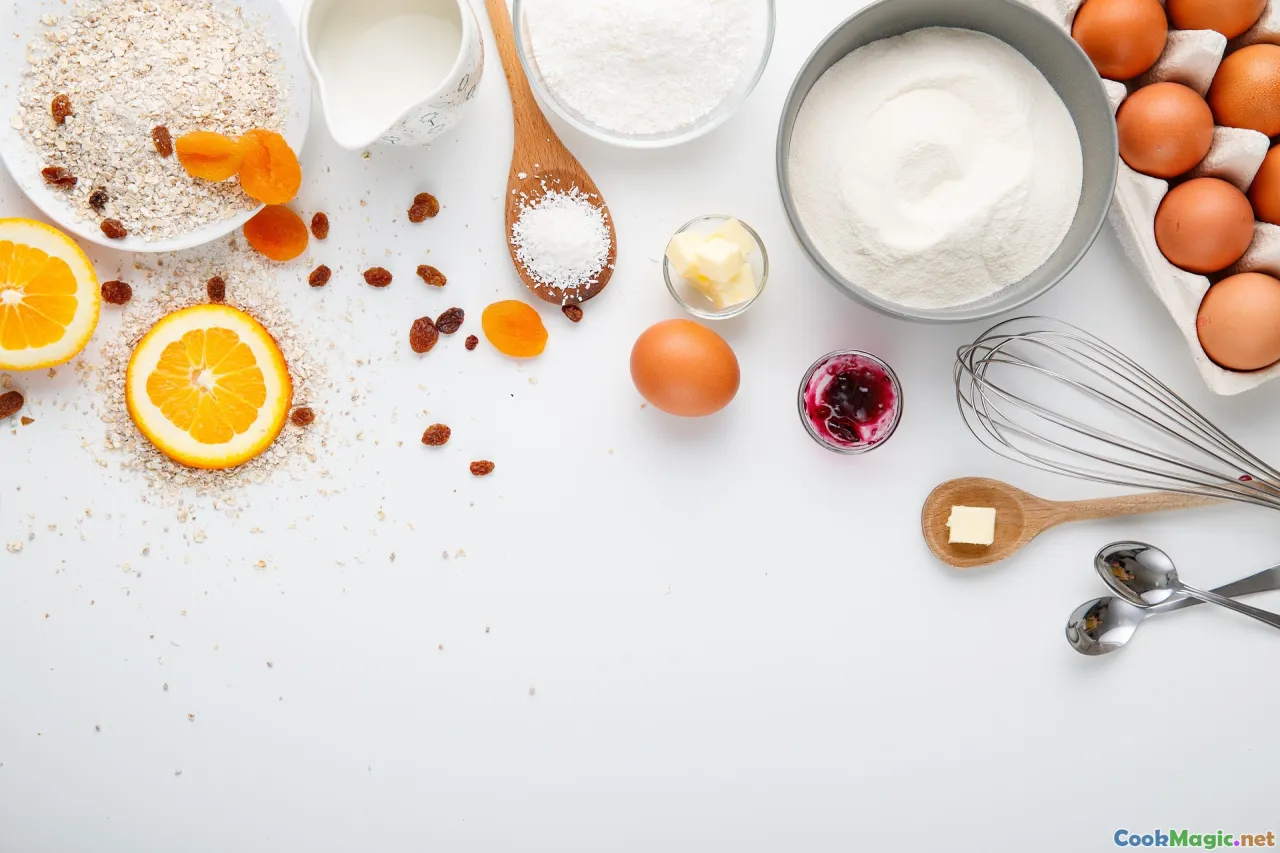
यह यहाँ एक लचीला बेस है जिसे आप मछली, मशरूम, आलू, या कुटलेट्स के अनुसार ढाल सकते हैं। इसे इस तरह सोचिए जैसे बाल्टिक रCook एक साथ हाथ फैलाते हैं—एक में acid, दूसरा में fat—ताकि फ्लेवर की रसिया taut और alive रहे।
Serves 4 as a sauce
Ingredients:
- 200 g sour cream (20–30% fat; grietinė/krējums/hapukoor)
- 1–2 teaspoons acid: apple cider vinegar, white wine vinegar, or fresh lemon juice
- 1 teaspoon Dijon or Latvian-style mild mustard (optional for body and complexity)
- 1 small shallot or 1/4 small red onion, very finely minced
- Salt and freshly ground white or black pepper, to taste
- 1–2 tablespoons fresh dill, chopped (plus other herbs as desired: chives, parsley, lovage)
- 1–2 teaspoons sugar or honey (optional; a Baltic cook’s quiet trick to round sharpness)
- 1–2 tablespoons cold water, stock, or brine from pickled cucumbers (to loosen, if needed)
Method:
- Mix: In a bowl, whisk the sour cream with acid and mustard until smooth. The acid should wake the cream, not bully it; add it drop by drop and taste.
- Season: Stir in the minced shallot, herbs, salt, and pepper. Balance the acidity with a pinch of sugar or honey if the cream is particularly tart.
- Adjust: Loosen with a tablespoon or two of water, stock, or cucumber brine, depending on your dish. For fish, brine adds sparkle; for potatoes, stock adds depth.
- Rest: Let the sauce sit 10 minutes to allow the onion to soften and the herbs to perfume the cream.
For warm applications, temper gently with warm stock or pan juices before applying heat. This base becomes a hot sauce by the grace of patience.
Why it works: The sour cream brings fat for flavor carriage, the acid tightens and brightens, mustard lends a faintly emulsive stability, and herbs open the window. Onion offers crunch and aromatic sweetness, then softens with time. Above all, the sauce should feel alive—like a breeze across the tongue.
Variations You’ll Meet at Village Tables and City Counters
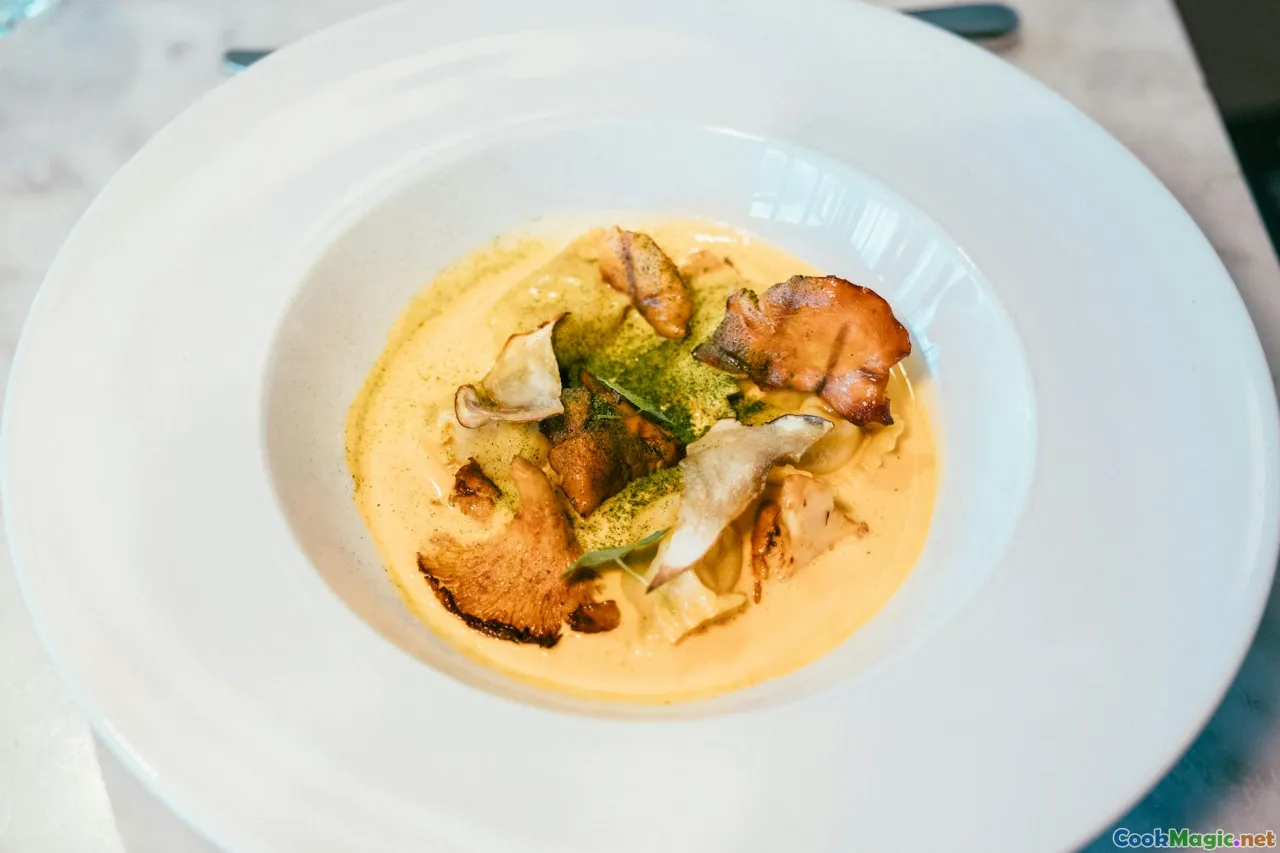
नीचे पाँच बाल्टिक स्टालवार्ट हैं—हर एक एक कहानी है जिसे आप बना सकते हैं।
- Cold Dill and Cucumber Sauce (Aukstā mērce / Šaltas padažas su agurkais)
What it’s for: Hot boiled potatoes, black bread with salt, grilled river fish, fried smelt.
You’ll need:
- Base sauce (as above), with 2 tablespoons chopped dill
- 1 small cucumber, grated on the large holes and lightly salted
- Optional: 1 garlic clove, finely grated
Method: Grate the cucumber, sprinkle with a pinch of salt, and let it weep for 5 minutes in a sieve. Press gently to squeeze out excess water. Fold the cucumber and garlic into the base sauce and adjust salt. The cucumbers bring spring in a spoon; the sauce should feel bouncy, with a clean crunch.
What it tastes like: The smell of an herb garden after rain. Creamy, herbal, and cool, with cucumber’s crispness cutting through richness.
- Herring with Sour Cream and Apple (Siļķe ar krējumu / Silkė su grietine)
What it’s for: Rye bread, onions, pickles; a glass of crisp beer or a shot of caraway vodka.
You’ll need:
- 200 g sour cream
- 1 teaspoon apple cider vinegar
- 1 teaspoon mustard
- 1 small apple, peeled and cut into matchsticks
- 1/2 small red onion, thinly sliced
- 2–3 brined herring fillets, cut into bite-sized pieces
- Dill, black pepper
Method: Whisk sour cream with vinegar and mustard. Fold in apple and onion. Add herring and dill. Chill 30 minutes. The apples release perfume; the cream softens the fish’s saltiness.
What it tastes like: Clean Baltic brine mellowed by orchard sweetness. It’s salty and sharp, softened by cream until the bite becomes a conversation.
- Chanterelles in Sour Cream (Grybų padažas su grietine / Kukeseenekaste)
What it’s for: Cepelinai (Lithuanian potato dumplings), boiled new potatoes, crusty rye, pork cutlets.
You’ll need:
- 400 g chanterelles (voveraitės/gailenes/kukeseened), brushed clean and torn
- 2 tablespoons butter
- 1 small onion, finely chopped
- 200 g sour cream (preferably 30% fat)
- 50 ml dry white wine (optional) or splash of mushroom soaking liquid (for other mushrooms)
- Salt, white pepper, nutmeg
- Dill or parsley
Method: Sauté the onion in butter until translucent. Add chanterelles; cook until they release liquid and edges begin to brown. Deglaze with wine if using and reduce. Off heat, stir in sour cream. Return to low heat and warm gently until glossy, not boiling. Season with salt, white pepper, and a fleck of nutmeg; finish with herbs.
What it tastes like: An October forest brought indoors—softly earthy, buttery, faintly sweet—with sour cream lending hush and sheen. The sauce clings like mist to the mushrooms’ ruffles.
- Horseradish and Beet Sour Cream (Krienai su grietine / Mädarõikakaste with Beet)
What it’s for: Smoked meats, cold roast beef, hot smoked salmon, boiled tongue, festive tables.
You’ll need:
- 200 g sour cream
- 1–2 tablespoons finely grated fresh horseradish or prepared horseradish (drained)
- 1 small cooked beet, finely grated (or half, if intense)
- 1 teaspoon sugar
- 1 teaspoon vinegar or lemon juice
- Salt, white pepper
Method: Whisk sour cream with horseradish and acid, then stir in beet. Sweeten slightly and season to taste. The color will bloom into a magenta that could stop traffic.
What it tastes like: A pleasant sting, like stepping from a sauna into snow, then back into warmth. The beet rounds the heat into sweetness; the sour cream carries the horseradish up into your sinuses and back out as a smile.
- Brown Butter and Caraway Sour Cream for Potatoes (Kepintas sviestas ir kmynai / Brūnā sviesta mērce)
What it’s for: New potatoes, pierogi-like dumplings, fried pork chops, roasted carrots.
You’ll need:
- 50 g butter
- 1 teaspoon caraway seeds
- 200 g sour cream
- Salt, black pepper, chopped chives
Method: In a small pan, melt butter until it foams and smells nutty; add caraway seeds and toast until fragrant. Let cool slightly, then whisk in sour cream. Season and finish with chives.
What it tastes like: Toffee-ish butter, nutty caraway, and cool cream colliding into something both old-fashioned and shockingly modern. It smells like a bakery window and a field in late June.
The Science of Warmth: Heat, Fat, and Acidity
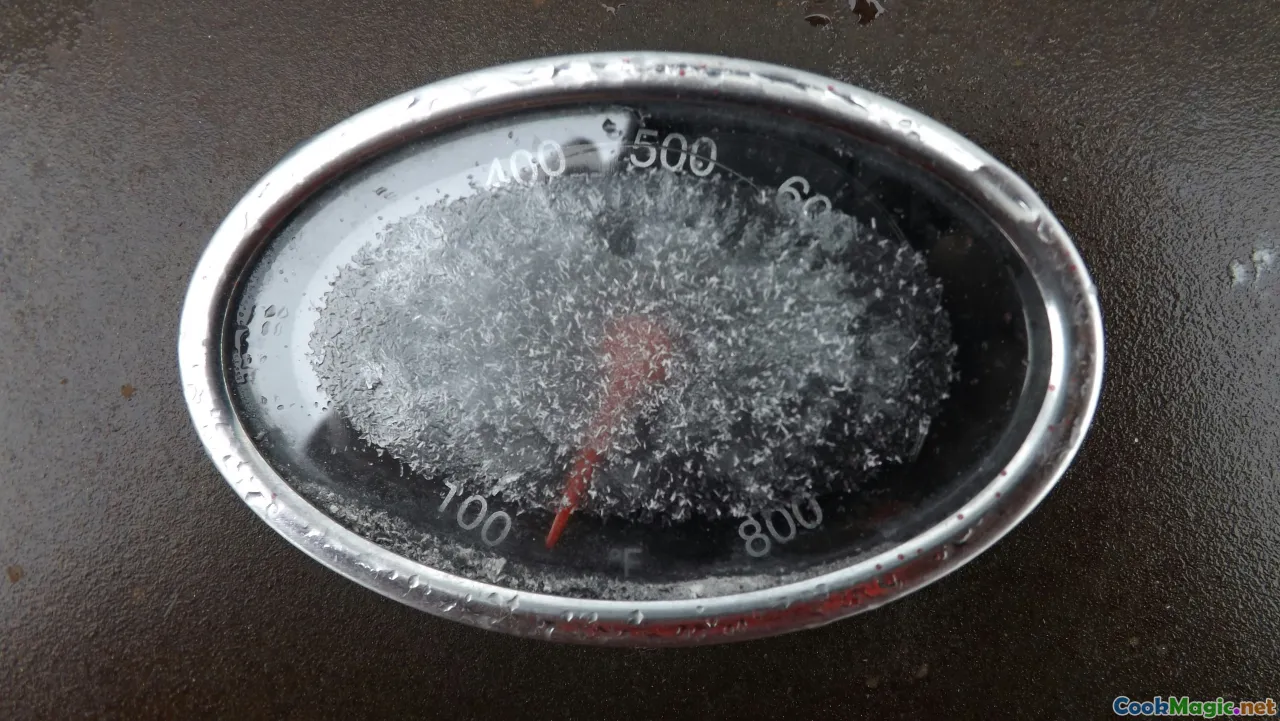
Sour cream’s beauty is its cultured acidity. Its challenge is heat. Here’s how Baltic cooks keep sauces smooth.
- Fat is your friend: Higher-fat sour creams (28–30% and up) resist curdling better than leaner ones. The fat coats proteins, buffering them against heat and acid.
- Temper first: Before adding sour cream to a hot pan, whisk in a ladle of warm stock or pan juices to gradually raise its temperature. Like teaching someone to swim in the shallow end.
- Gentle heat only: Keep it below a simmer. Tiny bubbles are a warning; if it boils, the proteins seize and expel water, splitting the sauce.
- Starch insurance: A teaspoon of flour cooked in butter (a tiny roux) or 1 teaspoon cornstarch mixed with cold water can stabilize a warm sour cream sauce without clouding flavor. Use sparingly; the sauce should glide, not gel.
- Acid timing: In hot sauces, add aggressive acids at the end and off heat. In cold sauces, you can add early to let flavors mingle.
A bit of chemistry: Lactic acid drops the pH and tightens dairy proteins. Heat does the same. Doing both at once—lots of acid + high heat—turns a silky sauce grainy. The fix is order and moderation: fat first, then gentle temperature, then acid to taste.
Pairings That Taste Like the Coast, the Forest, and the Field
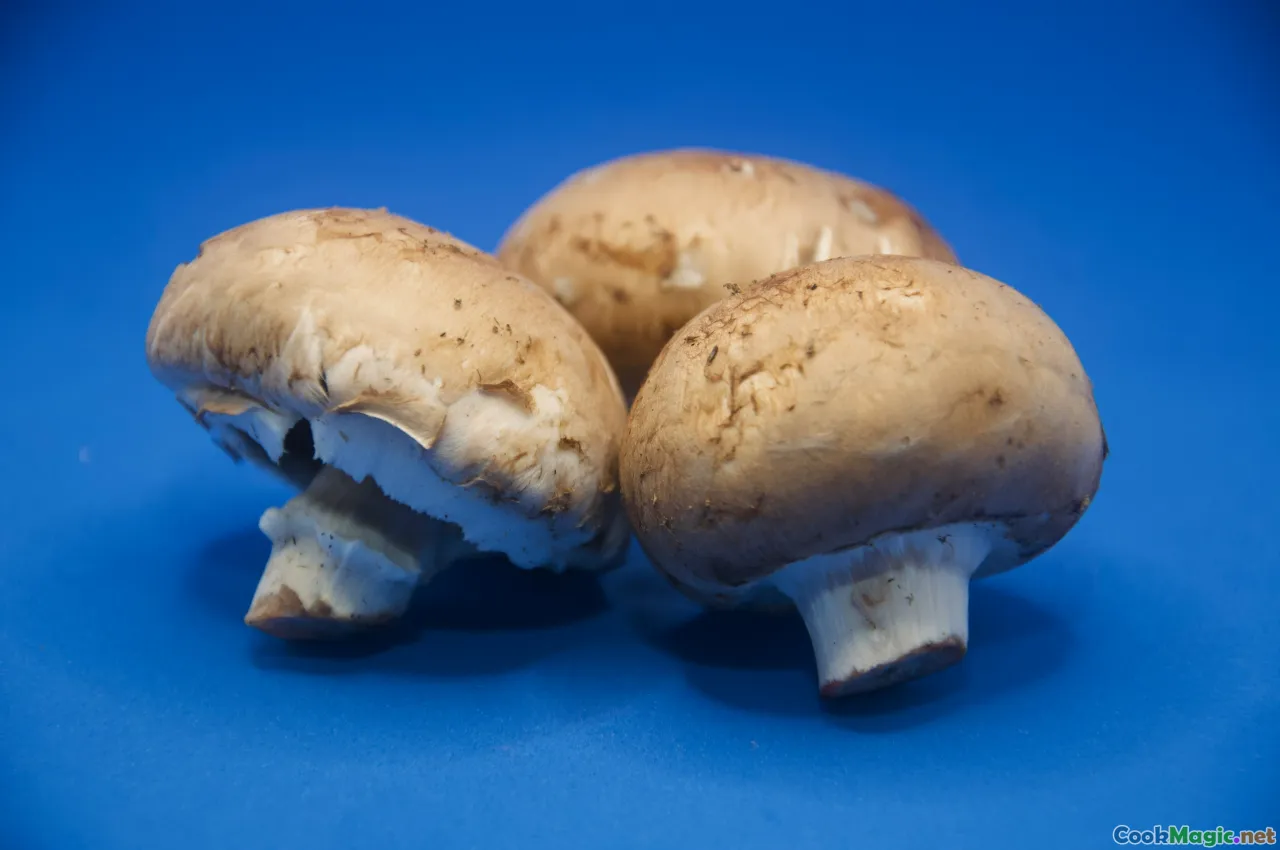
बाल्टिक प्लेट कभी सिर्फ एक चीज नहीं होती। यह समुद्र और स्प्रूस, rye और meadow है। सोर-क्रीम सॉसेस अपनेCalling को उन तत्वों के साथ ढूंढते हैं जिन्हें या तो चमक चाहिए या चुपचाप।
- Coast: Hot-smoked salmon with dill and lemony sour cream; pan-fried smelt with cucumber sauce; rye bread with herring in apple-cream. If you can find sprats (Rīgas šprotes), serve them on buttered rye, and set a small bowl of mustardy sour cream nearby to swipe the edge of the fishy richness.
- Forest: Chanterelles in sour cream over toasted barley; venison meatballs with a dusky sour cream gravy laced with juniper; roasted beets with horseradish cream.
- Field: Boiled new potatoes broken open under a cloud of brown-butter caraway sour cream; potato pancakes (bulviniai blynai/draniki) with garlicky sour cream and dill; cepelinai with a bacon-onion-sour-cream sauce that drips into the potato like sunlight through a window.
And then there are the everyday loves: pork schnitzel (karbonāde) served with a tart sour cream and pickle sauce that cuts the fry; shredded cabbage braised soft and glossed with a spoon of cream at the end; roasted carrots brushed with honey and finished with a sour cream-fresh herb drizzle.
Seasonality in a Spoon: Winter to Midsummer
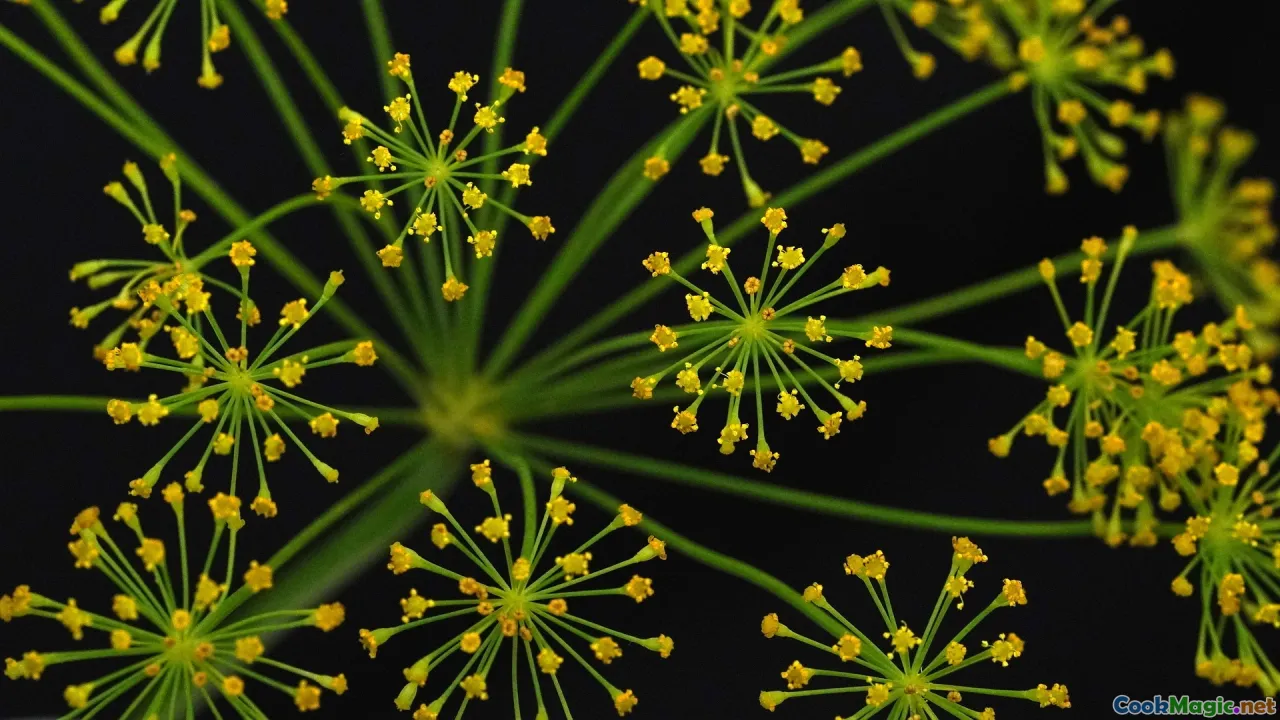
बाल्टिक मौसम नाटकीय हैं, और सॉस प्रकाश की तरह बदलते हैं।
- Winter: The mood is slow and thick. Horseradish-cream with roasts, mushroom-sour cream gravies, caraway and brown butter. Onions are sautéed longer, almost sweet; dill may be dried or replaced with parsley and a pinch of nutmeg. Sauces are warmed gently, served alongside steamy plates that fog the windows.
- Spring: Bitter greens arrive, and so do radishes. Sour cream meets grated radish, dill, and a hint of lemon. New potatoes appear, skins tender and spotty; they beg for a simple sauce—just sour cream, salt, and chopped chives.
- Summer: Sauces go cold and bright. Think kefir-soured cream with cucumbers and dill, a companion to grilled river fish or skewered pork (šašlykai) inherited from other corners of the former empire but fully adopted here. Cold beet soup, neon pink with kefir and sour cream, is better with a small extra spoon of plain sour cream at the table.
- Autumn: Mushroom time. Chanterelles, boletes, and milky caps. Butter-soft onions, a splash of stock, a scarf of sour cream that clings to every ruffle. Apples join the party, both raw in herring salads and cooked into savory-sweet sauces.
Seasonality isn’t just what’s available; it’s how a sauce feels in the mouth. Winter wants a slow blanket; summer wants a quick breeze.
Where to Taste It: Market Stalls and Home Kitchens
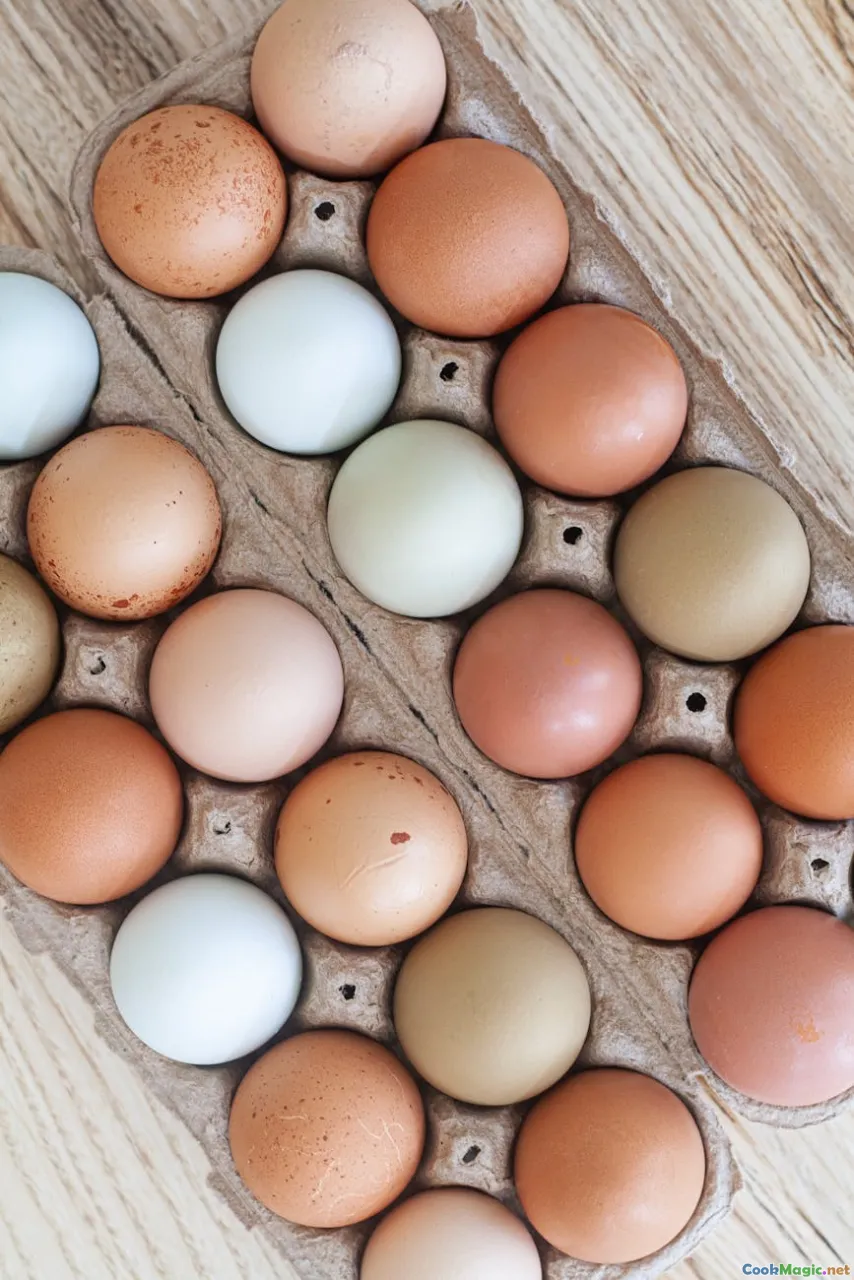
- Riga Central Market, Latvia: In the fish hall, look for stalls offering siļķe ar krējumu by the plate. Ask for extra dill. On weekends, small producers sell krējums so thick you can stand a spoon in it.
- Hales Turgus, Vilnius, Lithuania: Mushroom sellers in late summer will gladly tell you how they cook voveraitės with grietinė—often with butter, onion, and a touch of dill. In the prepared foods corner, you’ll find cepelinai ladled with bacon-onion-sour cream sauce, glossy and unashamed.
- Balti Jaama Turg, Tallinn, Estonia: Grab smoked fish and a tub of hapukoor with lemon and dill mixed in, then wander upstairs. If you’re lucky, a vendor will offer a taste of their house mädarõikakaste, a horseradish sour cream with a heat that blooms slow.
- Country guesthouses: On Muhu or Saaremaa islands, or near Anykščiai in Lithuania, farm stays often serve dinner with a sour cream that tastes of fields. Ask about their cows; you’ll get a sauce lesson for free.
- Cafeteria classics: The Lido chain in Riga popularized an approachable version of home cooking; watch how they pair rich cutlets with tart sauces that keep you reaching for one more bite.
The best education happens at tables where the sauce was stirred by a person who knows the cow that made the cream. When you taste that, you understand why Baltic cooks talk about dairy with the kind of affection others reserve for wine.
Pantry and Sourcing Guide
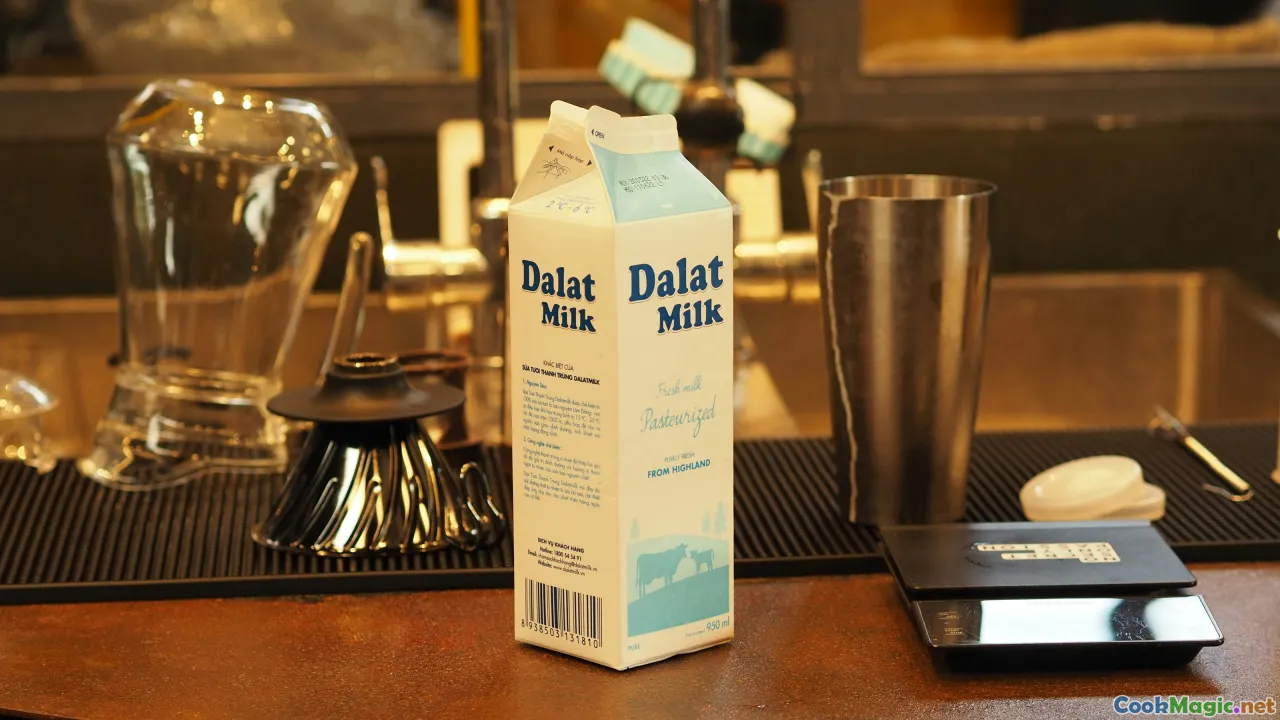
To cook Baltic sour cream sauces wherever you are, assemble a small, honest pantry.
- Sour cream: Aim for 20–30% fat. If your market only stocks lower-fat versions, blend with crème fraîche or a splash of heavy cream. Taste for clean acidity.
- Acids: Apple cider vinegar for fruit-leaning sauces; white wine vinegar for subtlety; lemon for fish. Keep a jar of good cucumber pickle brine—its dill-garlic footprint is a small miracle in cold sauces.
- Mustard: A mild, slightly sweet Latvian-style mustard is lovely. In a pinch, Dijon works. Mustard adds body and quiet heat.
- Aromatics: Shallots, red onions, garlic. Spring onions for freshness. Horseradish for drama.
- Herbs: Fresh dill is non-negotiable for authenticity. Chives, parsley, lovage, and summer savory are welcome. Dried dill can work in winter but treat it gently.
- Spices: Caraway seeds, white pepper, black pepper, juniper berries (lightly crushed for game). Nutmeg in small amounts for mushroom sauces.
- Stocks: Light chicken or vegetable stock for tempering hot sauces. Mushroom stock in autumn.
- Butter: For brown butter variations and to coax mushrooms toward sweetness.
Substitutions:
- If sour cream is too tart, cut with crème fraîche or a tablespoon of heavy cream.
- If not tart enough, add a dot of vinegar or a spoon of kefir.
- Vegan pathway: Full-fat oat or coconut yogurt whisked with a neutral oil and a squeeze of lemon can approximate texture; adjust with mustard and salt.
Technique Clinics: Five Problems, Five Fixes

- My hot sour cream sauce curdled.
- Why: Too much heat or acid; low-fat cream.
- Fix: Take off heat. Whisk in a splash of warm stock and a knob of cold butter. If still grainy, strain and re-emulsify with a bit of crème fraîche.
- It tastes flat.
- Why: Not enough salt or acid; herb oils not released.
- Fix: Pinch of salt, squeeze of lemon or dash of vinegar, grind of pepper. Smash herb stems lightly before adding; let sit five minutes.
- It’s too thick and pasty.
- Why: High-fat cream without liquid balance; too much starch (if used).
- Fix: Thin gradually with stock, cucumber brine, or even cold water. Whisk until glossy.
- It’s too sour.
- Why: Acid heavy-handed; thin, overfermented cream.
- Fix: A teaspoon of honey or sugar, and a tablespoon of heavy cream or melted (but cooled) brown butter to round corners.
- The onion is harsh in a cold sauce.
- Why: Raw onion’s sulfur compounds need time.
- Fix: Soak sliced onion in cold water 10 minutes, or macerate minced onion with a pinch of salt and vinegar before adding. Let the sauce rest.
A Cook’s Notebook: A Week of Baltic Sour Cream Sauces at Home

Monday: New potatoes with dill-chive sour cream. Boil young potatoes until tender; crack them with the back of a spoon and let steam evaporate. Sauce: 200 g sour cream, small squeeze of lemon, 2 tablespoons chopped dill and chives, salt, pepper. The scent is meadow-bright, the texture plush.
Tuesday: Pan-fried smelt with cucumber mērce. Dredge smelt in rye flour, fry until crisp, then serve with a cold sauce of sour cream, grated cucumber, lemon zest, and a ribbon of pickle brine. The sauce tastes like cool water poured over warm stones.
Wednesday: Pork cutlets with mushroom-sour cream pan gravy. After frying cutlets, sauté sliced button mushrooms in the fond with butter and onion. Deglaze with a splash of stock, temper in sour cream, and finish low and slow. The kitchen smells like toast and rain.
Thursday: Herring with apple-cream on rye. Assemble in the morning and chill; dinner is assembly and satisfaction. The cream takes on apple’s perfume.
Friday: Roast carrots with caraway-brown-butter sour cream. Toss carrots with oil and roast hot. Whisk brown butter and caraway into sour cream; drizzle over carrots with chopped parsley. This one garners silence at the table, then an “oh.”
Saturday: Chanterelles in sour cream over barley. Visit the market; bring home the forest. Butter, onion, mushrooms, cream. Finish with a pinch of nutmeg and a fistful of dill. The sauce nests in the barley like birds in thatch.
Sunday: Leftovers lunch: rye toast spread with horseradish-beet sour cream, topped with thin slices of leftover roast beef and radishes. The week closes in pink and gold.
Cook’s notes:
- Make sauces in small batches. They don’t like the fridge as much as you do. If you must keep, press plastic wrap against the surface to prevent crusting.
- Herbs taste different by day: dill is brighter on day one, mellower on day two. Onion softens overnight.
Little Rituals and Quiet Joys
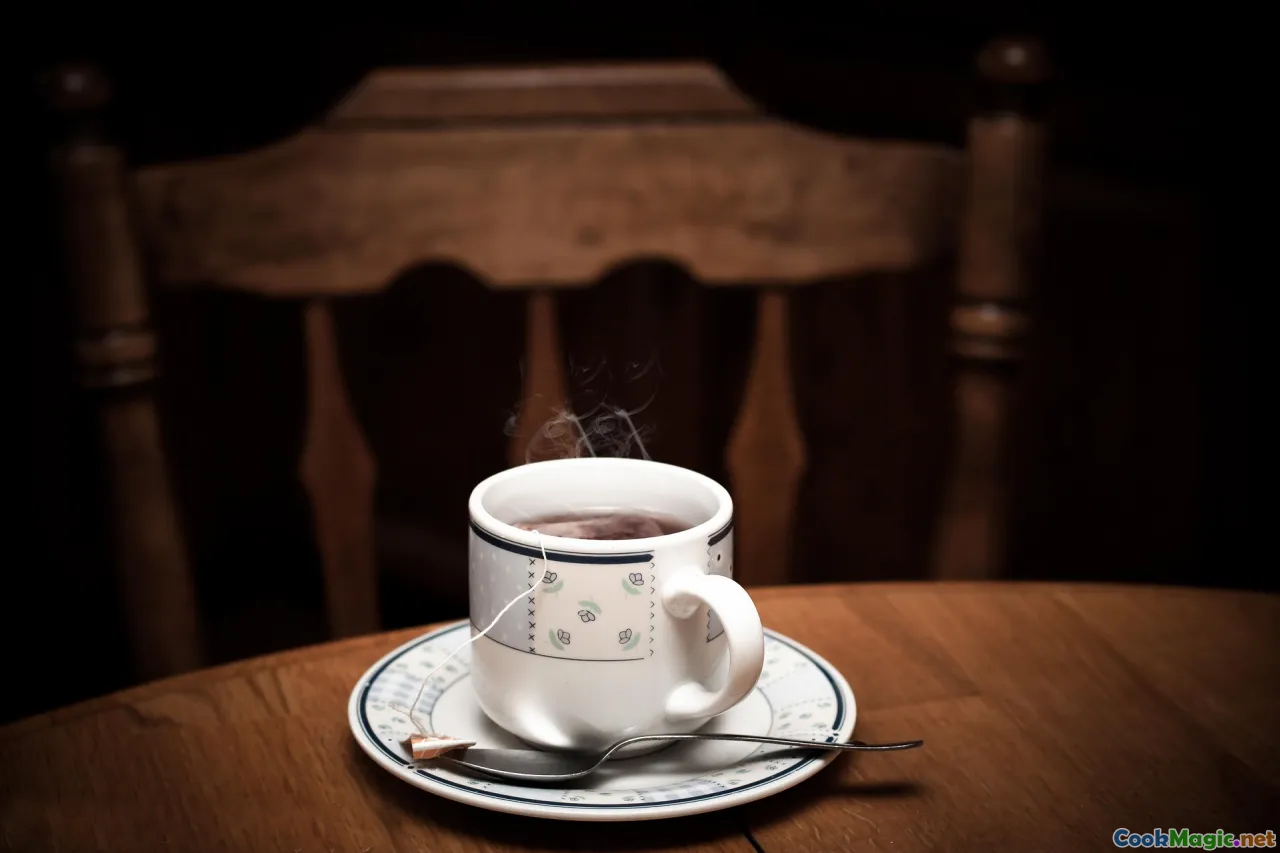
मैंने इतना बाल्टिक घरों में ठहरकर जाना है कि सोर-क्रीम सॉस अक्सर बिना माप के बनते हैं और लगभग हमेशा एक पालक-सा क्षण के साथ। Kaunas के पास एक फार्महाउस में Ieva नाम की एक महिला मुझे Stirring करते समय गुनगुनाने को कहा—“यह आपको धीमा कर देता है, ताकि सॉस panicking न हो।” Tallin में एक युवा रसोइया काउंटर पर अपने हाथ पर एक नींबू घुमाता रहा क्योंकि उसकी दादी ने भी किया था। Riga में एक पिता ने कहा कि dill को कटा जाना चाहिए एक मद्धिम चाकू से ताकि खुशबू खिले—विज्ञान इससे असहमत है, पर उनकी बेटी कड़ाई से कहती है कि यह सच है, और उनकी सॉस परफेक्ट है।
शायद यही वजह है कि ये सॉस इतने आवश्यक लगते हैं: वे छोटे-छोटे देखभाल के कार्य हैं जो preservation, economy और मौसम पर बने प्लेटों में संतुलन लाते हैं। वे आपको समुद्र का स्वाद देते हैं बिना नमक के भार में डूबे, जंगल का स्वाद देते हैं बिना उसमें खोए, खेत का स्वाद बिना चुस्की घास के। वे शांत किनारों और तेज़ केंद्रों हैं। वे अपने हल्के-से रंग में, आराम की संरचना (आर्किटेक्चर) हैं।
जनवरी की एक रात में, cepelinai के प्लेट के चारों ओर हाथ गर्म करें जब मशरूम क्रीम आपका ऊन-सा शांत प्रदान करे। जुलाई में नदी के किनारे बैठें, हरित-सा हवा, और खीरा-डिल क्रीम से चिपके हुए तला हुआ स्मेल्ट का काँटा उठाएं जो टखनों के नीचे के टहनी की तरह टूटे। इन दोनों पलों में, सॉस quietly वही कर रहा है जो पीढ़ियों से कर रहा है: editing. Adding. Softening. Starting conversations between elements that would otherwise bicker.
अगर आप बाल्टिक भोजन सीखना चाहते हैं, जटিল से शुरू न करें। एक कटोरा, एक व्हिस्क, और एक ईमानदार सोर-क्रीम का डब्बा लेकर शुरू करें। डिल को काटते रहें जब तक बोर्ड गर्मियों की खुशबू दे। intention के साथ नमक डालें। caution के साथ acid डालें। चखें, rests दें, फिर से चखें। फिर इसे मेज़ तक लाएं, जहाँ आपके पास कोई प्रियजन dark bread के एक टुकड़े के साथ waiting है, plate से आख़िरी स्ट्रिप साफ़ करने के लिए।
coastline को एक चम्मच में लेकर चलना आसान है। बाल्टिक में तो यह अक्सर होता है—snow-सी सफेद, apples-सी खट्टी, dill-सी हरी, और एक अच्छी कहानी के अंदर की नरमी की तरह।









